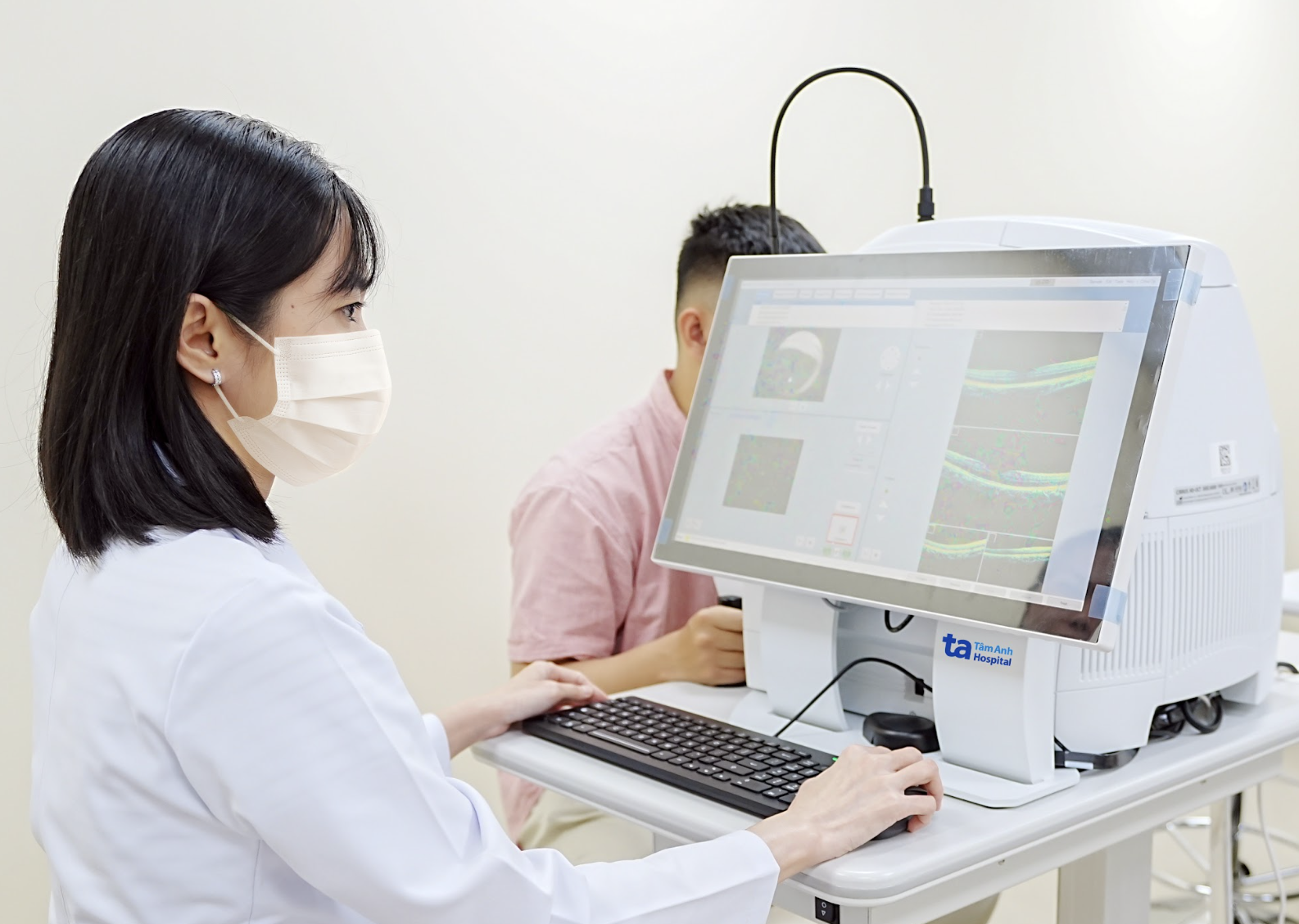Answer:
A child frequently tilting their head, sitting close to the TV, or squinting when looking at distant objects could be an early sign of refractive errors like astigmatism, nearsightedness, latent strabismus, or amblyopia (lazy eye). Many parents worry that their children are too young for an eye exam, but children of all ages need regular eye checkups. This is especially crucial during the early years of life, as this period directly impacts the development of a child’s vision. Parents should have their child’s eyes checked every 6 months to screen for and promptly detect any abnormalities that could affect their eyesight. Doctors use age-appropriate assessment methods.
During preschool years, a child's eyes are still developing. If the vision in both eyes is not balanced, with one eye seeing clearly and the other not, the brain tends to ignore signals from the weaker eye. Over time, this can lead to amblyopia.
If you observe your child frequently squinting, holding books or devices close to their face, tilting their head when looking at things, blinking excessively, rubbing their eyes, or having difficulty focusing while drawing, coloring, or playing with small objects, it's advisable to take them to an ophthalmologist as soon as possible. The doctor might use an autorefractor, perform a pupillary light reflex test, and observe the child’s behavior to accurately assess their condition.
 |
A doctor at the Tam Anh High-Tech Eye Center examines a patient. Illustrative photo: Tam Anh General Hospital |
A doctor at the Tam Anh High-Tech Eye Center examines a patient. Illustrative photo: Tam Anh General Hospital
Refractive errors occur when the eye cannot properly focus light onto the retina, causing blurred or distorted vision. The three common refractive errors are nearsightedness, farsightedness, and astigmatism. Children with refractive errors often squint, tilt their head, hold objects close to their face, complain of headaches, experience eye strain, or have difficulty concentrating in school.
Refractive errors can be caused by genetic factors, a poorly lit learning environment, excessive use of electronic devices, or abnormal development of the eyeball. If not detected and corrected promptly, refractive errors can lead to amblyopia, affecting long-term vision development. Early detection not only allows for correction with appropriate eyeglasses but also prevents long-term complications affecting eyesight.
Dr. Nguyen Duc Huy, MD.
Tam Anh High-Tech Eye Center
Tam Anh General Hospital, TP HCM
| Readers can submit questions about eye diseases here for doctors to answer. |












